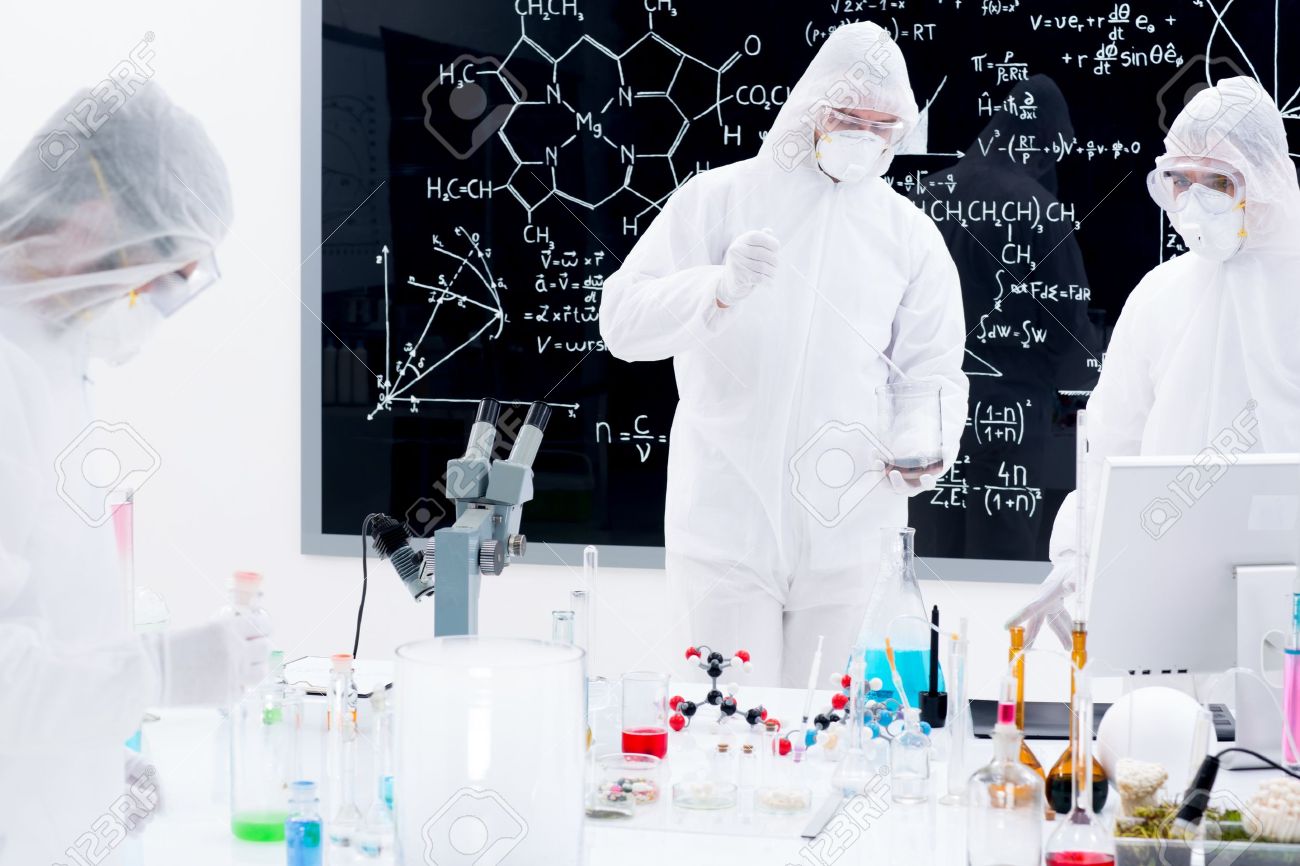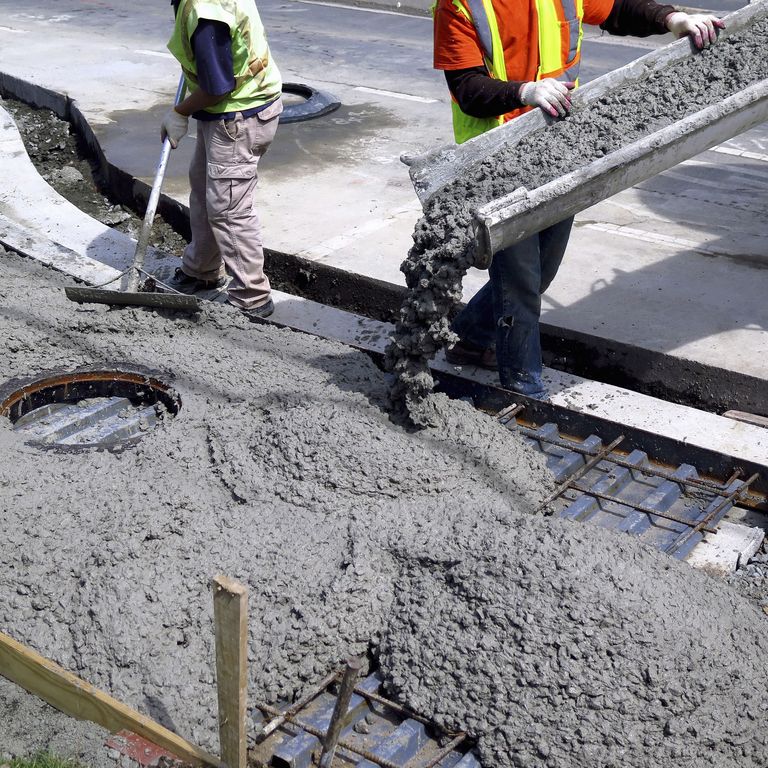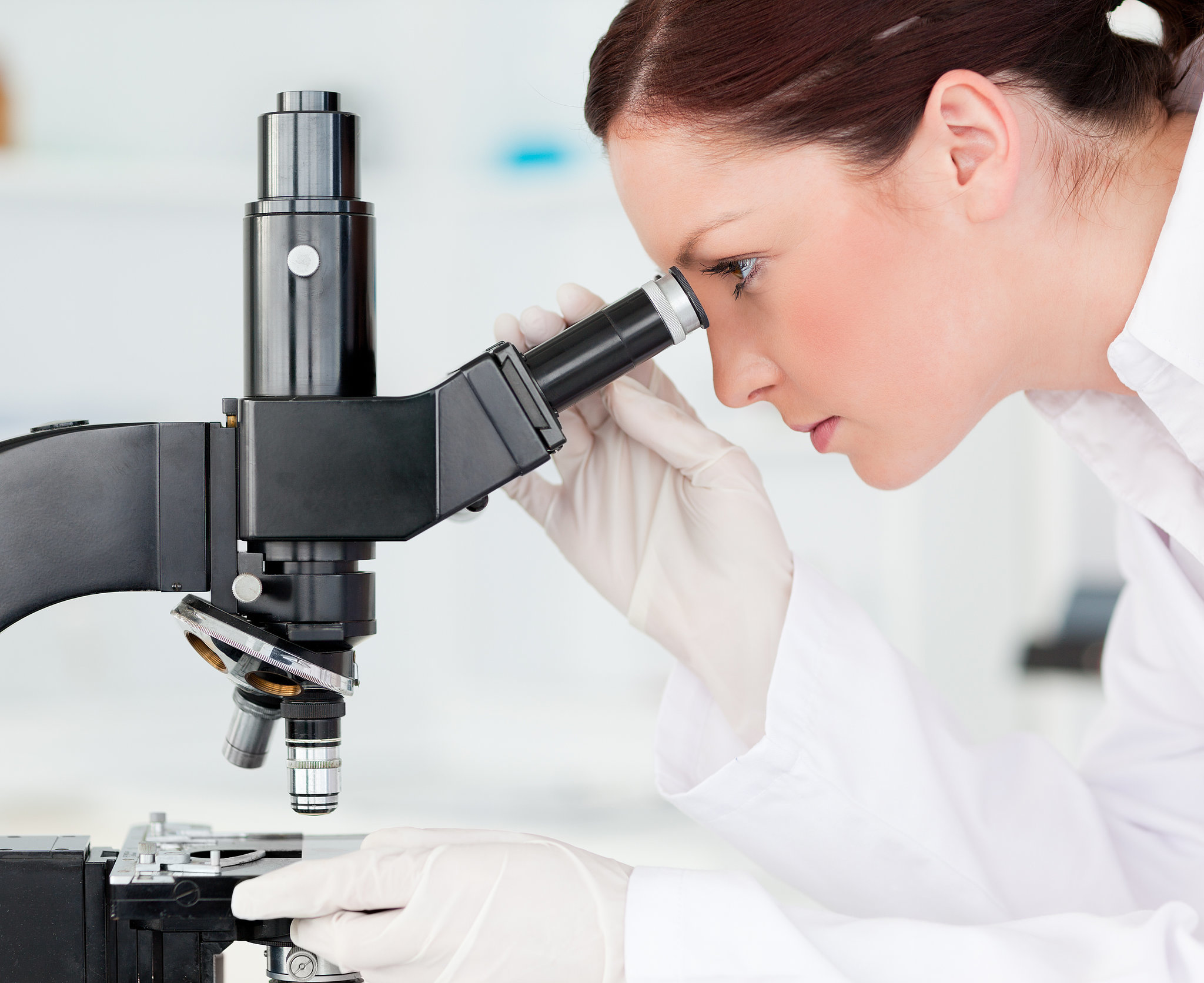The base cellulose is first prepared and then reacted with an etherifying agent
And the remaining base, the product is isolated and purified, dried and pulverized to obtain the product.
In general, when the HPC is prepared by the slurry technique, the alkali cellulose is generally powdered or pulverized
Cotton as raw material, dispersed in organic thinner, and NaOH aqueous solution at room temperature and obtained. Commonly used
The organic diluent is alcohol (such as isopropyl alcohol, tert-butanol), acetone, also useful etherification agent propylene oxide. The composition of alkali cellulose is essential for the preparation of products with good water solubility and uniformity.
The composition ratio of the ratio of cellulose to NaOH is 1: (0.2 to 0.4); the mass ratio of the aqueous paste to the cellulose raw material
Ratio of 1: (0.15 to 0.30), the water content should be as low as possible to reduce side effects. Diluent and cellulose quality
Ratio, depending on the reaction equipment in the 3 to 15: 1 between the changes.
The organic diluent used in the etherification reaction may be the IPA, TBA, etc. used for the alkalization, and the organic diluent
With non-polar such as hexane, toluene or the like. It is generally believed that the reaction rate below 50 ℃ is very slow
80 ℃ above the side reaction is very fast, so the reaction temperature to 55 ~ 85 ℃ is appropriate, the reaction time of 5 ~ lOh.
HPC purification is much simpler than the HEC, only to neutralize the separation of the crude into more than 85 ℃
Hot water repeatedly rinse, you can water-soluble salts, propylene glycol and other debris removed to achieve the purpose of purification.
The low-substituted HPC can be prepared by a conventional slurry process. While the high degree of substitution HPC production with two
Step to avoid excessive expansion during alkalization, help to improve the solubility, propylene oxide utilization and products
purity. The inert solvent in the alkalization process may be an alcohol of 3 to 5 carbon atoms (e.g., isopropanol, pentanol, tert
Butanol), dioxane, acetone and propylene oxide, and the etherification process of non-solvent can be used aliphatic and aromatic
Perfume, and alkyl ethers.
The resulting HPC can be washed with hot water (because it is insoluble above 45 ° C), well-dispensed HPC
The best part of the product can also be treated with glyoxal and then dried and packaged. Many patents have been reported about the deal
The method of the improvement comprises the drying of the alkali cellulose in the intermediate step, the infiltration of the alkali cellulose to reduce
NaOH concentration, in the process of hydroxypropylation with amine catalyst.
Here are two HPC production processes.
(1) 100 parts of wood pulp (100 mesh), 50 to 100 parts of IPA and 280 parts of PO were added to a kneader
, In the Nz atmosphere stirring 20min. The temperature was then raised to 60 ° C and reacted at this temperature for 5 h, raising the temperature
Reaction to 70 ° C th. The reaction mixture was separated and the crude product was allowed to neutralize, washed with hot water at about 90 ° C,
The purified product was centrifuged and centrifuged to give HPC. The MS was 3.6, the etherification efficiency was 46. 0%
Dissolved in water and ethanol, 2% solution of the light transmittance of 95% or more. If the raw material pulp fineness is not reached
100 or more, or increase the amount of 1PA and PO, will reduce the MS and etherification efficiency.
(2) 1 part of powdered pulp was added to a mixture consisting of 13 parts of TBA, 1.4 parts of water and 0.1 part of NaOH
And the mixture was stirred at 25-40 ° C to prepare an alkali fiber pulp. Centrifuge the filter to remove most of the
TBA after the press ratio of 1.52, containing fiber turbidity 61.3%, NaOH 6.3%, water 15. 4% and
TBA17. O% of the alkali cellulose. 6.5 parts of this alkali cellulose was added to the etherification reactor and replaced with nitrogen
After the addition of 28 parts of hexane and 6.4 parts of PO, stirring, heating, in vain 80 ℃ reaction 3h. At this point has been generated
HPC has a MS of 2.3. The reaction mixture was cooled to 50 ° C, 2 parts of water and 3.6 parts of PO were added and the temperature was warmed
Degrees up to 80 ℃ reaction 2h or so. Neutralize, remove the crude product and wash with hot water, dry, crushed to produce
Product HPC. The MS is 3.5, the etherification efficiency is 50% in water, methanol, ethanol and IPA, TBA
Dissolved, 2% solution of light transmittance of 93% or more.
Theoretical analysis and practical experience have shown that the full pulverization of cellulose raw materials is necessary. Can be crushed
To reduce the crystallinity of the cellulose, to improve the accessibility of the reaction, but also easy to make it more evenly dispersed in the inert media
Anti-dispersibility is an important measure of the quality of anti-dispersant. HPMC is a water-soluble polymer compound, also known as water-soluble resin or water-soluble polymer, by increasing the viscosity of the mixed water to increase the consistency of the mixture, is a hydrophilic polymer material, dissolved in water to form a solution Or dispersion. It can be seen that when the dosage of naphthalene superplasticizer is increased, the incorporation of water reducing agent will reduce the anti-dispersibility of fresh cement mortar. This is because the naphthalene superplasticizer is a surfactant. When the water reducing agent is added to the mortar, the water reducing agent is arranged on the surface of the cement particles so that the surface of the cement particles has the same charge. The electric repulsion causes the cement particles to form Of the flocculation structure is broken up, the structure of the water wrapped in the release, will cause a part of the loss of cement. At the same time, it was found that the anti-dispersibility of fresh cement mortar was getting better with the increase of HPMC content.
Strength characteristics of concrete
The HPMC underwater non-dispersible concrete admixture is used in the bridge foundation engineering of the Dandu-line (Dandong-Tonghua) expressway. The design strength grade is C25. The optimum dosage of HPMC is 0.6% of cement, 0.4% of water and cement is 40%, the rate of water is 40%, and the amount of naphthalene superplasticizer is 40% The average strength of the concrete in the air was 42.6 MPa, and the average strength of the underwater pouring concrete was 36.4 MPa underwater drop height of 60 mm. The concrete in the water was molded in the air and the air was molded The intensity ratio of 84.8%, the effect is significant.
(1) The addition of HPMC has obvious retardation effect on the mortar mixture. With the increase of the amount of HPMC, the setting time of mortar is prolonged, and the same amount of HPMC is more The molding time in air is longer. This feature is advantageous for pumping underwater concrete.
(2) mixed with hydroxypropyl methyl cellulose new cement mortar has a good adhesion performance, almost no bleeding phenomenon.
(3) HPMC content and mortar water demand showed a significant increase after the first increase.
(4) the incorporation of water reducing agent to improve the mortar water demand increases, but must be reasonable control of its content, or sometimes the new cement mortar underwater anti-dispersion is reduced.
(5) The cement cement paste injected with HPMC had little difference from the structure of the blank specimen, and the structure and density of the cement paste in the water pouring and the air were not big. Underwater molding 28 d of the specimen slightly crisp. The main reason is that the addition of HPMC, although greatly reduced when the water pouring cement loss and dispersion, but also make the cement stone to reduce the degree of density. In the project to ensure that the water does not disperse the effect of the case, due to minimize the amount of HPMC.
(6) The incorporation of HPMC underwater non-dispersible concrete admixture to control the good content of the strength of the benefit of the pilot project shows that the water forming concrete and air molding strength ratio of 84.8%, the effect is significant.
The base cellulose is first prepared and then reacted with an etherifying agent
And the remaining base, the product is isolated and purified, dried and pulverized to obtain the product.
In general, when the HPC is prepared by the slurry technique, the alkali cellulose is generally powdered or pulverized
Cotton as raw material, dispersed in organic thinner, and NaOH aqueous solution at room temperature and obtained. Commonly used
The organic diluent is alcohol (such as isopropyl alcohol, tert-butanol), acetone, also useful etherification agent propylene oxide. The composition of alkali cellulose is essential for the preparation of products with good water solubility and uniformity.
The composition ratio of the ratio of cellulose to NaOH is 1: (0.2 to 0.4); the mass ratio of the aqueous paste to the cellulose raw material
Ratio of 1: (0.15 to 0.30), the water content should be as low as possible to reduce side effects. Diluent and cellulose quality
Ratio, depending on the reaction equipment in the 3 to 15: 1 between the changes.
The organic diluent used in the etherification reaction may be the IPA, TBA, etc. used for the alkalization, and the organic diluent
With non-polar such as hexane, toluene or the like. It is generally believed that the reaction rate below 50 ℃ is very slow
80 ℃ above the side reaction is very fast, so the reaction temperature to 55 ~ 85 ℃ is appropriate, the reaction time of 5 ~ lOh.
HPC purification is much simpler than the HEC, only to neutralize the separation of the crude into more than 85 ℃
Hot water repeatedly rinse, you can water-soluble salts, propylene glycol and other debris removed to achieve the purpose of purification.
The low-substituted HPC can be prepared by a conventional slurry process. While the high degree of substitution HPC production with two
Step to avoid excessive expansion during alkalization, help to improve the solubility, propylene oxide utilization and products
purity. The inert solvent in the alkalization process may be an alcohol of 3 to 5 carbon atoms (e.g., isopropanol, pentanol, tert
Butanol), dioxane, acetone and propylene oxide, and the etherification process of non-solvent can be used aliphatic and aromatic
Perfume, and alkyl ethers.
The resulting HPC can be washed with hot water (because it is insoluble above 45 ° C), well-dispensed HPC
The best part of the product can also be treated with glyoxal and then dried and packaged. Many patents have been reported about the deal
The method of the improvement comprises the drying of the alkali cellulose in the intermediate step, the infiltration of the alkali cellulose to reduce
NaOH concentration, in the process of hydroxypropylation with amine catalyst.
Here are two HPC production processes.
(1) 100 parts of wood pulp (100 mesh), 50 to 100 parts of IPA and 280 parts of PO were added to a kneader
, In the Nz atmosphere stirring 20min. The temperature was then raised to 60 ° C and reacted at this temperature for 5 h, raising the temperature
Reaction to 70 ° C th. The reaction mixture was separated and the crude product was allowed to neutralize, washed with hot water at about 90 ° C,
The purified product was centrifuged and centrifuged to give HPC. The MS was 3.6, the etherification efficiency was 46. 0%
Dissolved in water and ethanol, 2% solution of the light transmittance of 95% or more. If the raw material pulp fineness is not reached
100 or more, or increase the amount of 1PA and PO, will reduce the MS and etherification efficiency.
(2) 1 part of powdered pulp was added to a mixture consisting of 13 parts of TBA, 1.4 parts of water and 0.1 part of NaOH
And the mixture was stirred at 25-40 ° C to prepare an alkali fiber pulp. Centrifuge the filter to remove most of the
TBA after the press ratio of 1.52, containing fiber turbidity 61.3%, NaOH 6.3%, water 15. 4% and
TBA17. O% of the alkali cellulose. 6.5 parts of this alkali cellulose was added to the etherification reactor and replaced with nitrogen
After the addition of 28 parts of hexane and 6.4 parts of PO, stirring, heating, in vain 80 ℃ reaction 3h. At this point has been generated
HPC has a MS of 2.3. The reaction mixture was cooled to 50 ° C, 2 parts of water and 3.6 parts of PO were added and the temperature was warmed
Degrees up to 80 ℃ reaction 2h or so. Neutralize, remove the crude product and wash with hot water, dry, crushed to produce
Product HPC. The MS is 3.5, the etherification efficiency is 50% in water, methanol, ethanol and IPA, TBA
Dissolved, 2% solution of light transmittance of 93% or more.
Theoretical analysis and practical experience have shown that the full pulverization of cellulose raw materials is necessary. Can be crushed
To reduce the crystallinity of the cellulose, to improve the accessibility of the reaction, but also easy to make it more evenly dispersed in the inert media
Hydroxypropyl methyl cellulose, the whole process in the automatic monitoring of the end, does not contain any animal organs and grease and other active ingredients, non-ionic cellulose ether, the appearance of white powder, odorless and tasteless.
2 traits
Hydroxypropylmethylcellulose Molecular formula
Hydroxypropylmethylcellulose Molecular formula
Soluble in water and most of the polarity c and the appropriate share of ethanol / water, propanol / water, dichloroethane and so on, in ether, acetone, ethanol insoluble, swollen in cold water to clear or slightly cloud Colloidal solution. The aqueous solution has a surface activity, high transparency and a stable function. HPMC has the nature of hot gel, commercial water solution after the composition of gel separation, cooling and then dissolved, not the same as the standard commodity gel temperature is not the same. Solubility changes with viscosity, the lower the viscosity, the greater the solubility, not the same as the standard HPMC its nature must be different, HPMC dissolved in water is not affected by the PH value. Particle size: 100 mesh pass rate greater than 98.5%. Bulk density: 0.25-0.70g / (usually 0.4g / mercy), the proportion of 1.26-1.31. Color change temperature: 180-200 ° C, carbonization temperature: 280-300 ° C. The oxygen value is 19.0% to 30.0%, and the hydroxypropyl value is 4% ~ 12%. Viscosity (22 ℃, 2%) 5 ~ 200000mPa .s. Gel temperature (0.2%) 50 to 90 ° C. HPMC has the characteristics of thickening ability, salt discharge, pH stability, water retention, scale stability, excellent film-forming property and extensive resistance to enzyme, laxity and adhesion.
3 primary use
1. Construction: As a cement mortar water retaining agent, retarder to make mortar with pumping. In the plaster, gypsum material, putty powder or other building materials as a binder, progressive modification and extension of the operation time. Used for posting tiles, marble, plastic decoration, posting enhancer, but also to reduce the amount of cement. HPMC’s water retention function allows the slurry to be cracked and dry after hardening.
2. Ceramic manufacturing industry: in ceramic production is widely used as a binder.
3. Coating industry: in the paint industry as a thickener, auxiliaries and stabilizers, in water or organic solvents are outstanding compatibility. As a paint remover.
4. Ink printing: In the ink industry as a thickener, auxiliaries and stabilizers, in water or organic solvents are outstanding compatibility.
5. Plastic: forming mold release agent, softener, smooth agent and so on.
6. Polyvinyl chloride: PVC production as a slag, the suspension polymerization of PVC preparation of the main additives.
7. Other: This product is also widely used in leather, paper products industry, fruit and vegetable preservation and textile industry.
8. Medicine Occupation: coating information; membrane material; sustained-release preparation of the speed control polymer material; stability agent; suspending agent; tablet adhesive;
Chemical properties
1, Appearance: white or almost white powder.
2, particle size; 100 mesh pass rate greater than 98.5%; 80 mesh pass rate of 100%. Special standard particle size of 40 to 60 mesh.
3, carbonization temperature: 280-300 ℃
Hydroxypropylmethylcellulose
Hydroxypropylmethylcellulose
4, depending on the density: 0.25-0.70g / cm (usually 0.5g / cm or so), the proportion of 1.26-1.31.
5, color temperature: 190-200 ℃
6, surface tension: 2% aqueous solution is 42-56 dyn / cm.
7, dissolved function: soluble in water and some solvents, such as the appropriate share of ethanol / water, propanol / water and so on. The aqueous solution has a surface activity. High transparency, functional stability, not the same as the standard product gel temperature is not the same, the solubility changes with viscosity, the lower the viscosity, the greater the solubility, not the same standard HPMC its function must be different, HPMC dissolved in water from pH Value effect.
8, HPMC with the methoxy content reduction, gel point increased, decreased water solubility, surface activity also decreased.
9, HPMC also has the ability to thicken, salt and low ash powder, pH stability, water retention, scale stability, excellent film-forming, and a wide range of resistance to enzymes, laxity and adhesion characteristics.
5 composition approach
1. The purified cotton cellulose is treated with lye at 35-40 ° C for half an hour, pressed, the cellulose is destroyed, and aged at 35 ° C, so that the resulting alkali fiber is uniformly polymerized within the desired range. The alkali fibers were put into an etherification kettle, followed by propylene oxide and methyl chloride, etherified at 50-80 ° C for 5 hours, and a maximum pressure of about 1.8 MPa. And then in the hot water at 90 ℃ to participate in appropriate hydrochloric acid and oxalic acid scouring materials, so that the volume expansion. Dehydrated with a centrifuge. Scrub to neutral, when the water content of less than 60%, the hot air flow at 130 ℃ boring to 5% or less.
6 dissolving method
1. All types are able to use dry mixing method to participate in the guess;
2. Demand directly to participate in the aqueous solution at room temperature, the best choice of cold water lax type, usually after 10-90 minutes to participate in thickening;
3. General type of hot water mixed with the first lax, to participate in cold water after mixing can be dissolved;
4. Dissolution, such as the formation of agglomeration package appearance, because the mixing is not sufficient or the general type of direct participation in the cold water reasons, this time should be quickly mixed.
5. If the bubble occurs, it can be left for 2-12 hours (detailed solution from the solution consistency) or vacuum, pressure and other methods to remove, can also participate in the appropriate defoamer.
Application areas
Construction industry
1, cement mortar: improve the stability of cement – sand, a substantial improvement in the plasticity of the mortar and water retention, to avoid the crack useful fruit, can enhance the strength of cement.
2, tile cement: the progress of the suppression of tile plastic mortar, water retention, progressive tile adhesive, to avoid powder.
3, asbestos and other refractory materials: as a suspension agent, mobility improver, but also improve the bonding of the substrate.
4, gypsum coagulation slurry: to improve water retention and processing, improve the adhesion of the substrate.
5, seam cement: increased in the gypsum board with the joints of cement, improve the mobility and water retention.
6, latex putty: to improve the resin latex as the basis of the flow of fresh air and water retention.
7, plaster: as a substitute for the natural matter of the paste, can improve the water retention, progress with the base of the glue force.
8, paint: as a latex paint plasticizer, to improve the coating and putty powder operation function and the improvement of liquidity useful fruit.
9, spray coating: to avoid the cement or latex coating only material filler sinking and improve the mobility and spray beam graphics have an outstanding role.
10, cement, gypsum secondary products: as cement – asbestos and other hydraulic material extrusion molding adhesive use, improve mobility, can get a uniform molding.
11, fiber wall: because the anti-bacterial anti-bacterial role, as a sand wall adhesive is useful.
12, the other: can be used as a thin glue mortar and mud hydraulic operator role (PC version) of the bubble holder.
chemical industry
1, vinyl chloride, vinylidene polymerization: as the polymerization of the suspension agent, a disinfectant, with vinyl alcohol (PVA) hydroxypropyl cellulose (HPC) and can be used to control the distribution of particles and particles.
2, adhesive: as a wallpaper adhesive, alternative starch is usually able to use with vinyl acetate latex paint and use.
3, pesticides: increased in pesticides, herbicides, can improve the adhesion when the eruption.
4, latex: progressive asphalt latex emulsion emulsifier, styrene butadiene rubber (SBR) latex thickener.
5, binder: as a pencil, crayon forming adhesive.
Cosmetics industry
1, shampoo: progressive shampoo, detergent, detergent viscosity and the stability of the bubble.
2, toothpaste: to improve the mobility of toothpaste.
food industry
1, canned citrus: to avoid the retention of citrin because of differentiation and whitening transformation and achieve the preservation effect.
2, cold fruit finished products: increased in the fruit dew, ice and so on, so that the taste is very good.
3, sauces: as a sauce, tomato sauce, emulsifying anesthetic or thickener.
4, cold water coating polishing: for frozen fish storage, to avoid discoloration, quality decline, with methyl cellulose or hydroxypropyl methyl cellulose aqueous solution coated with glazing, and then frozen on the ice.
5, the pill of the adhesive: as a tablet, the formation of adhesive tablets, adhesive “together with the collapse of the” (when taking agile melting disintegration) outstanding.
Pharmaceutical industry
1, package complex: the package agent made of organic solvent solution or aqueous solution tablets, in particular, to the resulting particles spray package complex.
2, slow down the agent: 2-3 grams per day, each 1-2G of the amount of material, in 4-5 days show the role.
3, eye drops: because the methyl cellulose aqueous osmotic pressure and tears, so the impact on the eyes of small, increase eye drops, as touch the eye of the crystal smooth agent.
4, jelly: as jelly-like external drug may be the base material.
5, impregnating agent: as a thickening agent, water retaining agent.
Kiln career
1, electronic information: as a ceramic ionizer, ferrite bauxite out of the extrusion molding of the adhesive, with 1.2-propylene glycol and use.
2, glaze: used as ceramic glaze and porcelain cooperation, can improve the bonding and processing.
3, refractory mortar: increase in the refractory mortar or pouring furnace, can improve the plasticity and water retention.
Other occupations
1, fiber: as a printing and dyeing paste for pigments, boron soil dyes, salt-based dyes, textile dyes, in addition, kapok in the corrugated processing, with the thermal hardening resin and use.
2, paper: used to copy the paper on the leather surface and oil processing and so on.
3, leather: as a final smooth or one-time use of adhesive.
4, water-based ink: increased in water-based ink, ink, as a thickening agent, film-forming agent.
5, tobacco: as a renewable tobacco binder.




